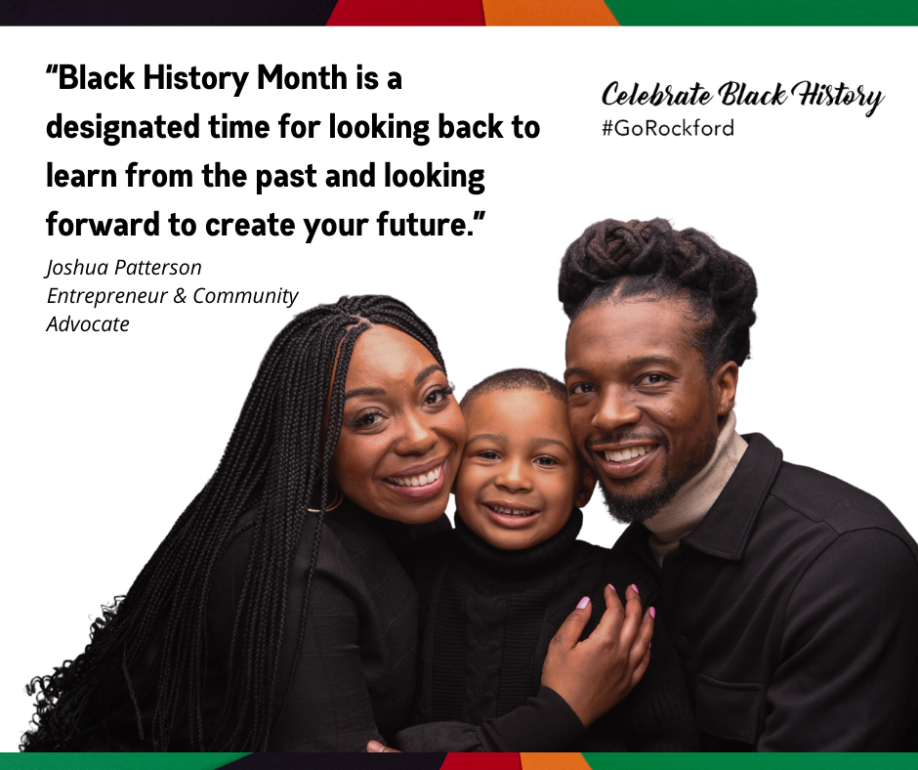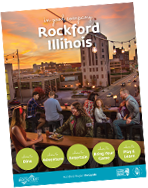Black History Month. – A Story of Pride & Identity by Joshua Patterson
America is the product of different people sharing the same space, with different ideas, for a common goal – life, liberty and the pursuit of happiness. The American experience has grown through looking back and learning. Black history month is an opportunity to honor contributions to our community while learning from our experiences through storytelling. With this in mind, I would like to share a personal story of pride and identity.
My five-year-old son approached me last week and told me, “Even though people are different, that’s okay, we do not have to be mean to each other.” I was proud, curious and cautious at the same time. Proud because he has a sense of community. Curious to see if he has a sense of self. Cautious because my response will shape the foundation of his cultural, ethical and communal sensibility. I decided I needed more information to make an informed decision on how to approach this conversation with a five-year-old.
I started by asking questions. My goal was to figure out what he knew, how he felt about it, and where he got the information from. My first question was, “How are people different?” Then, “How does that make you feel?” and finally, “Who told you that?” I found that he knew more than I imagined a five-year-old would. My son and I have had conversations about his skin, hair and African ancestry in the past. Mainly to help him grow a sense of self awareness, self-respect and self-love. However, we had not had extensive conversation about who he is in relationship to others. Honestly, I did not want to have the conversation prematurely, and accelerate the inevitable - stripping of his childhood innocence.
He explained to me that the majority of what he knew came from school and things he heard from his teacher. When I realized school was the source of his new-found perspective on race and ethnicity – I had mixed emotions. Ultimately, I wish I had more knowledge that my son was involved in these discussions prior to them taking place. This way, I could partner with the educator on curating the context in which these conversations occur. I could have helped my son understand why people with brown skin are called Black.
Black is not a color. This is something I do not believe my five-year-old, or any five-year-old fully understands. The experiences my son has every day are a part of his story. A story that did not begin with him and will continue for generations to come. It is my role as a parent to develop my child’s character and identity. Educators also play a pivotal role in a child’s intellectual development, so we must work together on subjects and activities that shape their self-image. This will give the educator cultural, familial, and historical context on the child’s immediate and extended family. This partnership can serve as a bridge for educators to establish shared philosophies and methods for directing conversations about the differences children are discovering exist among people.
I told my son he is a Black man. He responded, “no, I’m AJ.” This is his childhood and inherent nature speaking. He is not wrong, and I would never want him to limit his existence to a color. The goal is to establish a basis for identity in relationship to others versus comparison to others. I do want him to be aware of the history of African people around the world, and specifically in the United States where we live. This is not to victimize him but empower him with information, so that he knows he is here today because of his ancestors – Black people, with an audacity to live, courage to grow and an unwavering ability to overcome. So that when someone attempts to tell him who he is based on the color of his skin, he won’t crawl into their box, because he knows – Black is not a color.














